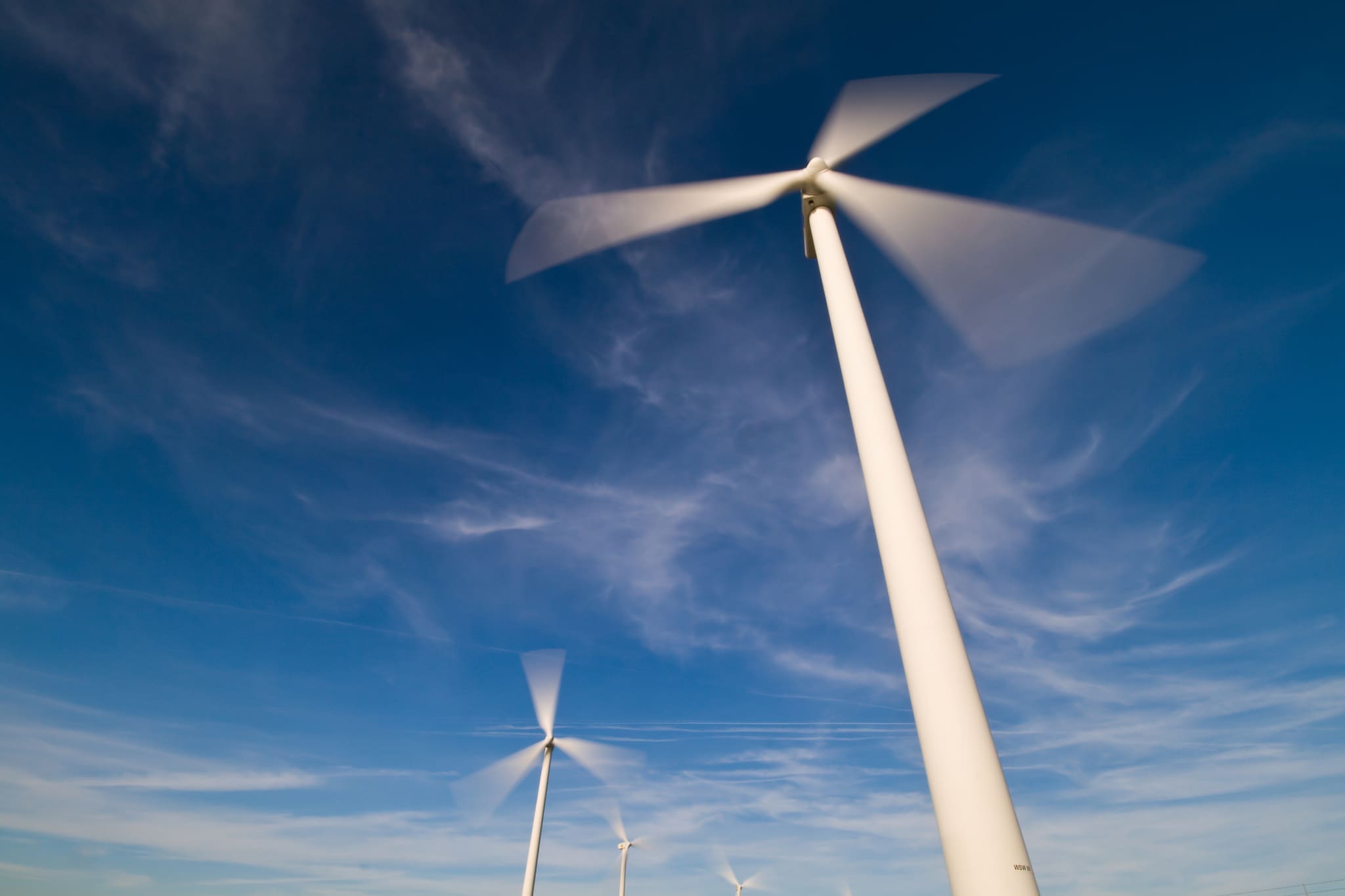Energy manifesto analysis: What it means for your net zero journey
Discover how the new energy manifestos shape the journey towards net zero for renewable energy generators and corporates ahead of the general election on 4th July 2024.

On Thursday 4th July, Britain votes for a new government and new parliament members. Party manifestos are packed with promises on climate change, energy, and the transition to net zero, including the creation of Great British Energy and investment in offshore wind.
What will UK energy policy look like under each political party, and why does it matter?
For renewable energy generators and corporates aiming for net zero, these policies are a blueprint for the future. Understanding them is crucial for regulatory compliance, identifying incentives, and making informed investment decisions.
Key party energy policies
Understanding energy policies proposed by major political parties helps predict the future energy trajectory. Regardless of which party wins a majority, all will influence energy policy through voting on Bills and sitting on Committees, shaping the UK's journey to net zero.
Labour energy policies
Labour sees the clean energy transition as a growth opportunity, aiming to make Britain a "clean energy superpower" with investments in green technology and local initiatives:
- Great British Energy (GB Energy): A publicly owned investment vehicle focused on accelerating the transition to renewable energy. It will be funded by a windfall tax on the record profits of oil and gas companies, ensuring affordable energy and supporting the growth of clean power sources.
This version incorporates the clarification that GB Energy will function as an investment vehicle, not a generator or supplier, and includes the funding mechanism through a windfall tax on oil and gas profits. - National Wealth Fund: Direct investments in green infrastructure and technologies to foster innovation and job creation.
- The Energy Independence Act: Builds on the Energy Act 2023 to boost domestic renewables, targeting to double onshore wind, triple solar power, and quadruple offshore wind by 2030.
Conservative energy reforms
The Conservatives blend traditional energy sources with renewables, aiming to cut climate change costs while maintaining economic stability:
- Green Levies Removal: Gradual removal to buffer against rising energy costs while pursuing climate goals.
- North Sea Oil and Gas: New licenses to reduce reliance on imported energy and maintain a stable energy supply during the transition. However, this approach prioritises energy security over rapid decarbonisation.
Liberal Democrats renewable targets
The Liberal Democrats prioritise renewable energy, aiming for 90% of electricity from renewables by 2030:
- Removing Restrictions: Lifting restrictions on new solar and wind projects, increasing local authority control, and supporting tidal and wave power innovation.
- Energy Market Reform: Decoupling electricity prices from wholesale gas prices for more stable and affordable energy bills. Empowering communities to generate and distribute renewable energy to create a competitive and transparent market.
- Net Zero Policies: The Liberal Democrats aim to cut greenhouse gas emissions to net zero by 2045, five years ahead of the UK's current target, including a 68% reduction by 2030. They propose creating a Net Zero Delivery Authority to oversee the transition.
Labour and the Conservatives differ on decarbonising transport
Labour plans to reinstate the 2030 ban on internal combustion engine (ICE) vehicle sales, while the Conservatives propose a 2035 date. Labour favours rapid change, while the Conservatives prefer a gradual approach.
Collective agreement: energy market reforms
All main parties agree on the need for energy market reforms. Conservatives and Labour commit to reducing standing charges and promoting community-led renewable projects.
How their approaches differ: Conservatives propose gradual, market-oriented reforms, while Labour and the Liberal Democrats advocate for radical changes. Labour emphasises public ownership and state-led investment, while the Liberal Democrats plan to decouple electricity prices from wholesale gas prices.
Renewable energy investment
Renewable energy is crucial for net zero targets. Labour aims to double onshore wind, triple solar power, and quadruple offshore wind by 2030, with additional investments in hydrogen and wave energy. Conservatives pledge to triple offshore wind and boost solar power, targeting 70 additional gigawatts by 2035. The Liberal Democrats focus on solar, wind, tidal, and wave power, aiming for 90% of electricity from renewables by 2030.
Funding will come from both public and private sectors. Labour's Great British Energy and National Wealth Fund represent public investment, while the Conservatives emphasise private sector investment through incentives. Both parties support a windfall tax on oil and gas companies to fund sustainable energy projects.
Impact on renewable generators and corporates
The proposed investment in green infrastructure offers renewable energy generators numerous opportunities to secure funding and support, especially for community-led projects. The continuation of windfall taxes will ensure a steady investment flow into green energy.
For corporates on a net zero journey, the policies from all parties bring several benefits. The Liberal Democrats’ plan to decouple electricity and gas prices and the Conservatives’ focus on private sector investment aim to stabilise energy costs, aiding financial planning and making renewables more attractive to businesses.
Whichever party is in power post 4th July, there will be areas of synergy and consensus, such as the role of community and local energy initiatives, where legislation may be passed relatively quickly, and subjects where conflict may arise, for example the type and pace of energy reform.

The one thing we can be sure of? Energy is set to remain high on the agenda.
Explore the steps we are taking to drive the UK renewable energy transition and empower a greener generation.

